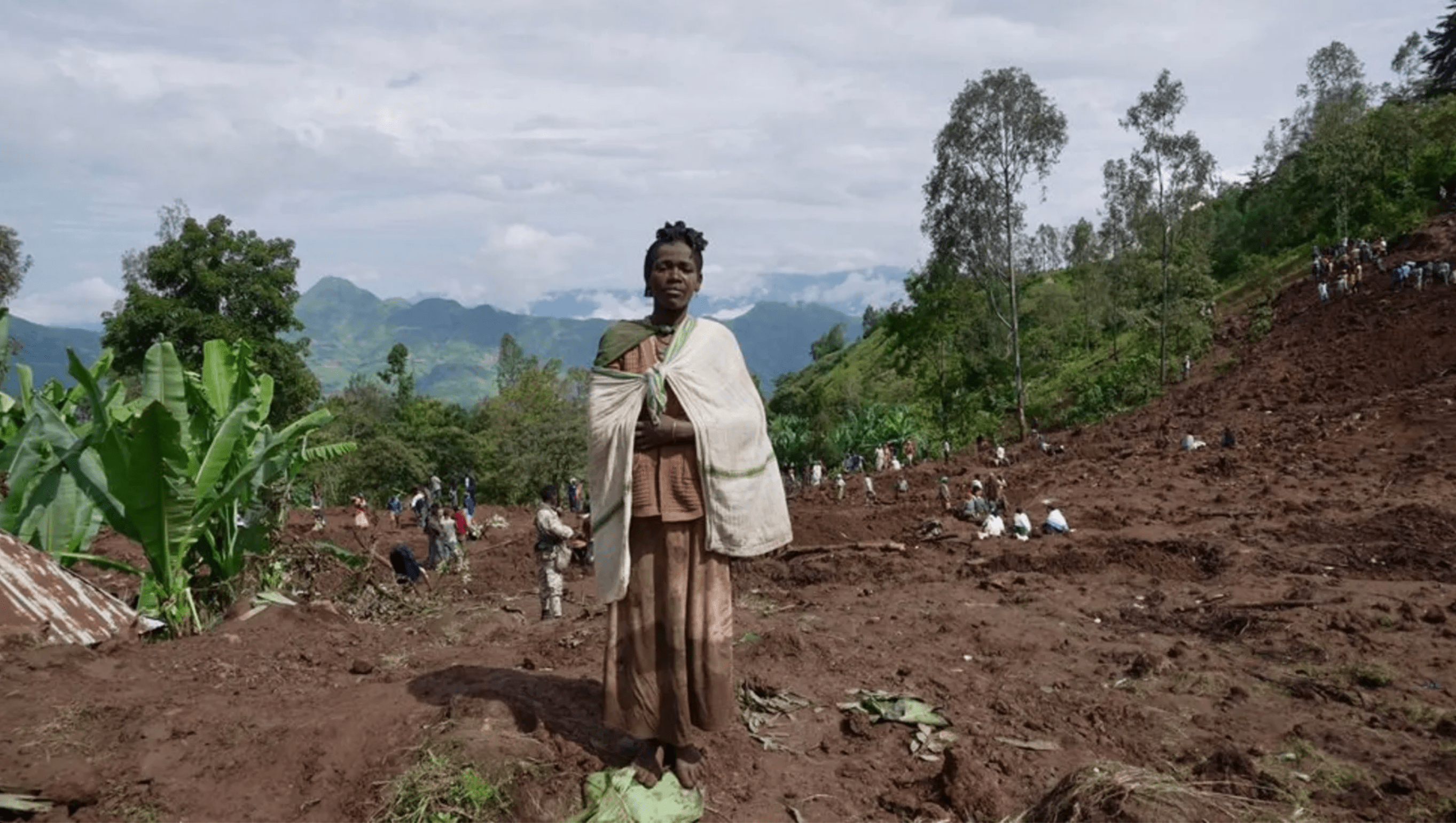SUICIDE accounts for more than half of all violent deaths and results in almost one million fatalities each year, according to the World Health Organisation.
Marking World Suicide Prevention Day on Friday, the WHO described suicide as “a huge but largely preventable public health problem”. Estimates suggest fatalities could rise to 1,5 million by 2020.World Suicide Prevention Day was launched last year by the WHO and the International Association for Suicide Prevention (IASP) to focus attention and call for global action.”For every suicide death there are scores of family and friends whose lives are devastated emotionally, socially and economically,” says Dr Catherine Le Galès-Camus, WHO Assistant Director General, Non-communicable Diseases and Mental Health.”Suicide is a tragic global public health problem.Worldwide, more people die from suicide than from all homicides and wars combined.There is an urgent need for co-ordinated and intensified global action to prevent this needless toll.”Globally, suicides represent 1,4 per cent of the global burden of disease, but the losses extend much further.Suicidal behaviour has a large number of complex underlying causes, including poverty, unemployment, loss of loved ones, arguments, breakdown in relationships and legal or work-related problems.A family history of suicide, as well as alcohol and drug abuse, and childhood abuse, social isolation and some mental disorders including depression and schizophrenia, also play a central role in a large number of suicides.Physical illness and disabling pain can also increase suicide risks.The most common methods are pesticides, firearms and medication, such as painkillers, which can be toxic when consumed in excessive amounts.One recent breakthrough was the move by many pharmaceutical companies to market painkillers in blister packs rather than more easily accessible bottles, which had a significant impact on their use as a suicide method.Currently attention is focused on encouraging a reduction in access to pesticides and encouraging enhanced surveillance, training and community action on their use, for example, safer storage, and proper dilutions.Pesticides are an especially common cause of suicide deaths in rural regions of China.Restrictions on access to firearms have been associated with a decrease in their use for suicide in some countries.WHO said protective factors include high self-esteem and social “connectedness”, especially with family and friends, having social support, being in a stable relationship, and religious or spiritual commitment.Estimates suggest fatalities could rise to 1,5 million by 2020.World Suicide Prevention Day was launched last year by the WHO and the International Association for Suicide Prevention (IASP) to focus attention and call for global action.”For every suicide death there are scores of family and friends whose lives are devastated emotionally, socially and economically,” says Dr Catherine Le Galès-Camus, WHO Assistant Director General, Non-communicable Diseases and Mental Health.”Suicide is a tragic global public health problem.Worldwide, more people die from suicide than from all homicides and wars combined.There is an urgent need for co-ordinated and intensified global action to prevent this needless toll.”Globally, suicides represent 1,4 per cent of the global burden of disease, but the losses extend much further.Suicidal behaviour has a large number of complex underlying causes, including poverty, unemployment, loss of loved ones, arguments, breakdown in relationships and legal or work-related problems.A family history of suicide, as well as alcohol and drug abuse, and childhood abuse, social isolation and some mental disorders including depression and schizophrenia, also play a central role in a large number of suicides.Physical illness and disabling pain can also increase suicide risks.The most common methods are pesticides, firearms and medication, such as painkillers, which can be toxic when consumed in excessive amounts.One recent breakthrough was the move by many pharmaceutical companies to market painkillers in blister packs rather than more easily accessible bottles, which had a significant impact on their use as a suicide method.Currently attention is focused on encouraging a reduction in access to pesticides and encouraging enhanced surveillance, training and community action on their use, for example, safer storage, and proper dilutions.Pesticides are an especially common cause of suicide deaths in rural regions of China.Restrictions on access to firearms have been associated with a decrease in their use for suicide in some countries.WHO said protective factors include high self-esteem and social “connectedness”, especially with family and friends, having social support, being in a stable relationship, and religious or spiritual commitment.
Stay informed with The Namibian – your source for credible journalism. Get in-depth reporting and opinions for
only N$85 a month. Invest in journalism, invest in democracy –
Subscribe Now!






